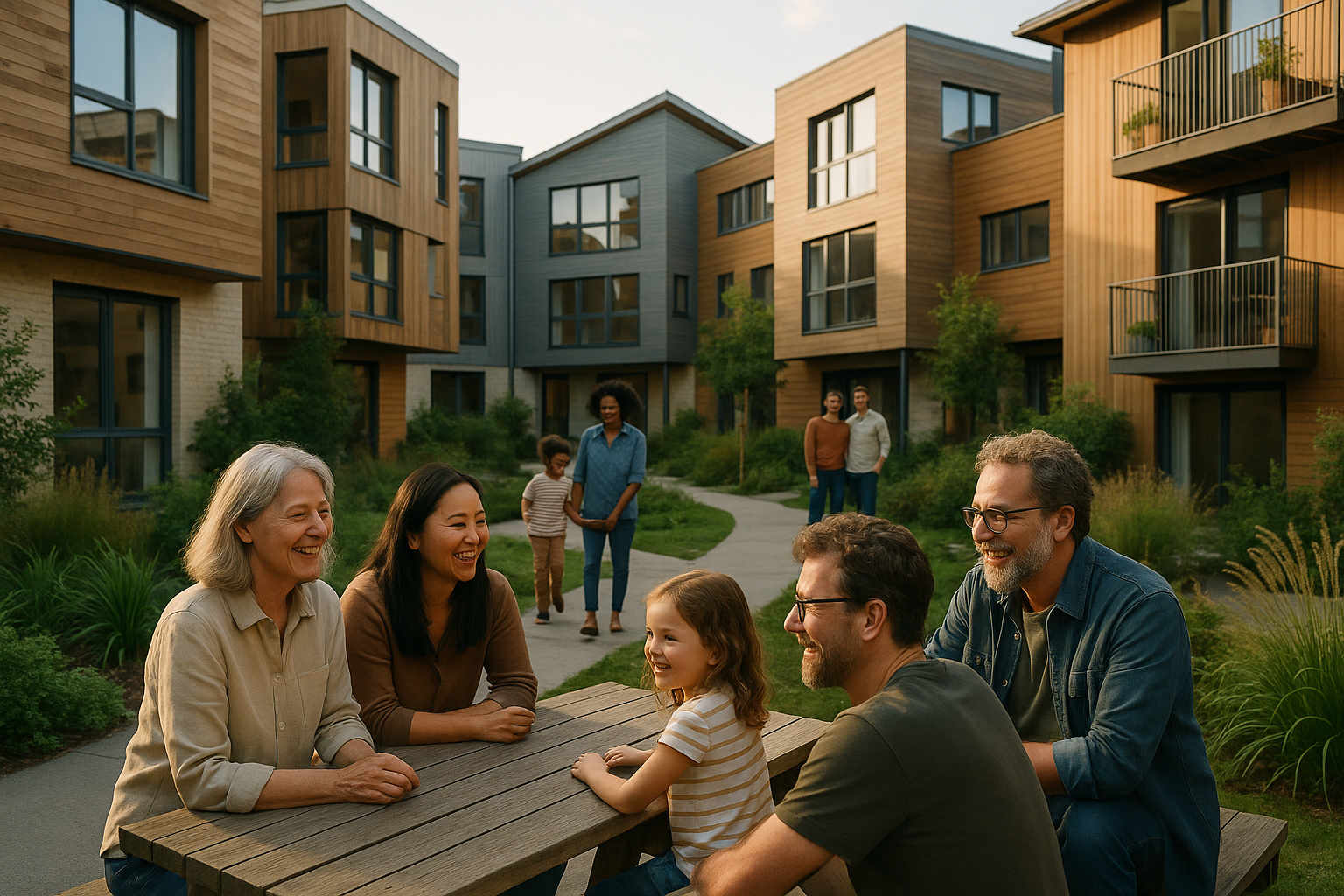Reimagining Community: The Rise of Cohousing in the 21st Century
Introduction: In today's rapidly changing social landscape, an old concept is being reinvented with a modern twist: cohousing. This unique approach to living is reshaping the way we think about community, privacy, and shared space. Read below to explore the evolution of this phenomenon and its implications for contemporary society.

A Historical Perspective on Cohousing
The idea of cohousing is not new. It traces its roots back to the 1960s in Denmark, where it was introduced as a means to create communities that balanced private life with shared resources. The aim was to foster a sense of community and mutual support among residents, providing a counterpoint to the isolation often experienced in modern urban dwellings. Over the years, this concept has evolved and adapted to different societal contexts, gaining ground in various countries around the world.
Cohousing in the Present
Today, the face of cohousing has changed, reflecting the evolving needs and aspirations of modern society. It is no longer merely a housing arrangement, but a way of life that emphasizes sustainability, community engagement, and shared responsibility. Cohousing communities today are often designed with an eye towards minimizing environmental impact, promoting healthy lifestyles, and fostering a strong sense of community. They vary in size and structure, but all share a commitment to communal living and cooperation.
The Societal Impact of Cohousing
The rise of cohousing reflects a broader shift in societal values and priorities. As people increasingly seek to balance individual autonomy with community engagement, cohousing offers an appealing alternative to traditional housing options. The shared spaces and communal activities inherent in cohousing foster relationships among residents, creating a strong sense of community that is often lacking in conventional housing developments. Meanwhile, the individual dwellings provide a private space for residents, striking a balance between community involvement and personal privacy.
Insights from Research on Cohousing
Research on cohousing underscores its potential benefits. Studies suggest that residents of cohousing communities report higher levels of social support, community engagement, and life satisfaction compared to those in traditional housing. Furthermore, cohousing communities often embody ideals of sustainability and social responsibility, leading to lower carbon footprints and increased community resilience.
Cohousing: A Glimpse into the Future?
As societal trends continue to evolve, it is likely that the appeal of cohousing will continue to grow. By offering a unique blend of community and autonomy, cohousing may provide a blueprint for the future of urban living. As we navigate this rapidly changing social landscape, it will be interesting to see how cohousing continues to shape and be shaped by the communities it serves.
In conclusion, the rise of cohousing offers a fresh perspective on the evolving nature of community and society. It encapsulates a shift in societal values towards community engagement, sustainability, and shared responsibility. Looking ahead, it will be fascinating to watch how this unique approach to living continues to evolve and influence the broader social landscape.




